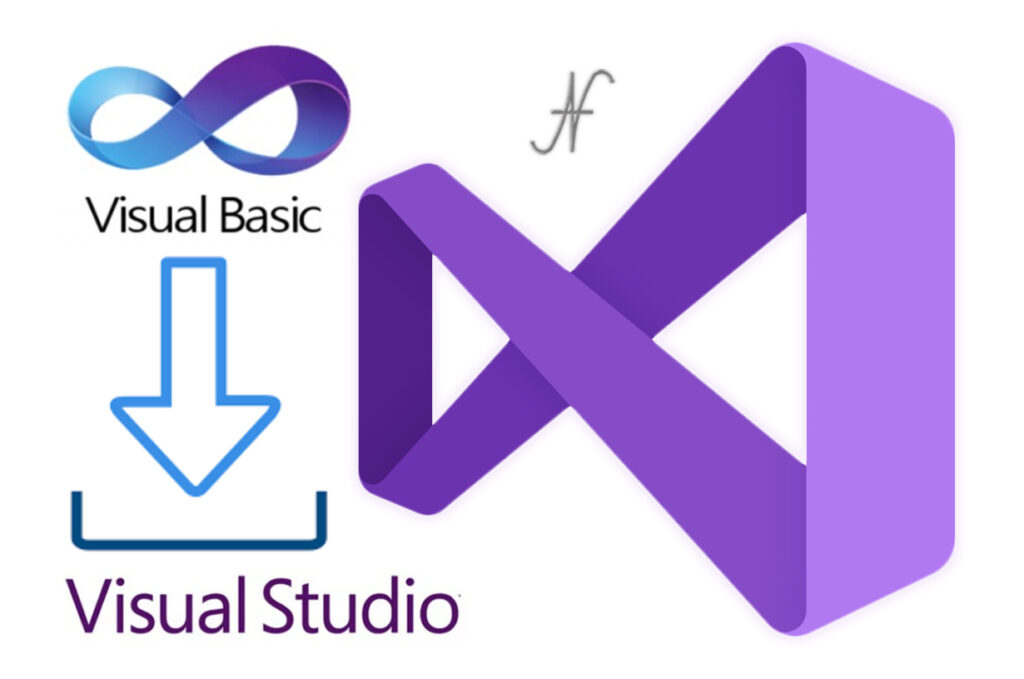
Free eBooks for Beginners
Error handling is an important aspect of programming, and it’s no different when it comes to working with Visual Basic .NET. As a beginner, it’s important to understand the basics of error handling so you can write code that is robust and can handle unexpected situations.
First, let’s talk about what errors are. In programming, an error is something that occurs when a program is not able to execute a particular statement or function correctly. These errors can be caused by a variety of factors, such as incorrect user input, missing files, or problems with the computer’s hardware.
When an error occurs in your program, it’s important to have a way to handle it so that the program doesn’t crash. This is where error handling comes in. By using error handling techniques, you can ensure that your program is able to continue running even if an error occurs.
One of the most common error handling techniques in Visual Basic .NET is the use of “try-catch” statements. These statements allow you to “try” to execute a piece of code, and if an error occurs, the program will “catch” the error and execute a specific piece of code to handle it. This is an effective way to handle errors because it allows you to separate the code that might cause an error from the code that handles the error.
Another error handling technique in Visual Basic .NET is the use of “On Error” statements. These statements allow you to specify a specific piece of code that will be executed when an error occurs, regardless of where the error occurs in the program. This is useful when you want to handle errors in a specific way throughout your entire program.
It’s also important to be aware of the different types of errors that can occur in your program, and how to handle them. Visual Basic .NET provides several built-in exception classes, such as the “FileNotFoundException” and “IndexOutOfRangeException”, which allow you to handle specific types of errors.
In conclusion, error handling is an important aspect of programming, and it’s especially important for beginners to understand the basics of error handling in Visual Basic .NET. By using try-catch statements, On Error statements and built-in exception classes, you can write code that is robust and can handle unexpected situations. Remember that error handling is an essential part of programming, and it’s important to include it in your code to ensure that your program runs smoothly and doesn’t crash.
Cookbook – VisualBasic.NET for Beginners – Chapter 31 : Error Handling
 Loading...
Loading...
Disclaimer: The information and code presented within this recipe/tutorial is only for educational and coaching purposes for beginners and developers. Anyone can practice and apply the recipe/tutorial presented here, but the reader is taking full responsibility for his/her actions. The author (content curator) of this recipe (code / program) has made every effort to ensure the accuracy of the information was correct at time of publication. The author (content curator) does not assume and hereby disclaims any liability to any party for any loss, damage, or disruption caused by errors or omissions, whether such errors or omissions result from accident, negligence, or any other cause. The information presented here could also be found in public knowledge domains.
Learn by Coding: v-Tutorials on Applied Machine Learning and Data Science for Beginners